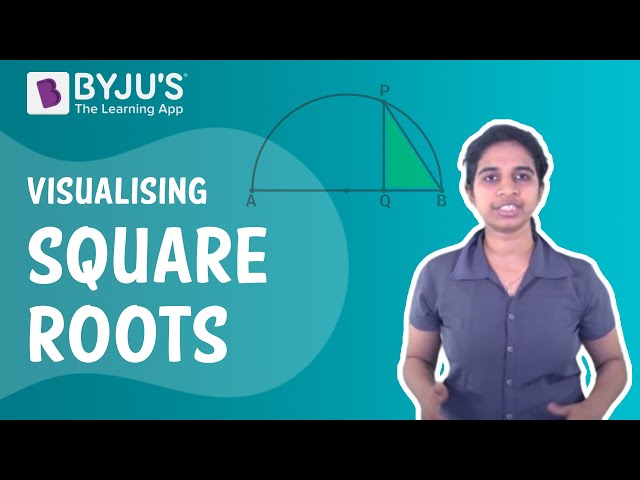The square root of 512 can be determined by the prime factorisation and long division method, as 512 is not a perfect square number there is no rational root. A perfect square number is a number that can be written as a square of a particular number and whose square root is a rational number. The square root of a number is just the opposite of squaring. In radical form, the square root of 512 is denoted as √512, and in the exponential form, it is written as (512)½. In this article, we shall learn how to find the square root of 512.
Learn more about square and square roots.
|
Square Root of 512 |
|
|
Square of 512 |
2,62,144 |
What is Square Root of 512?
The square root of 512 is a number whose square gives the result 512. Now, 512 is not a perfect square number because we cannot find any whole number which could be multiplied twice to get 512. Thus, we find an approximate value of the square root of 512 as it is an irrational number.
We can also say that the square root of 512 is the root of the quadratic equation x2 – 512
x2 – 512 = 0
⇒ x2 = 512
Taking square roots on both sides, we get
⇒ x = √512
⇒ x = ±16√2.
How to Find the Square Root of 512?
Let us find the square root of 512 using the prime factorisation and long division method. The repeated subtraction method will not work as 512 is not a perfect square, and its square root is an irrational number.
Prime Factorisation Method
To find the square root of 512 by the prime factorisation method, we first prime factorise 512 and then make pairs of two to get the square root.
Prime factorisation of 512 = 2 × 2 × 2 × 2 × 2 × 2 × 2 × 2 × 2
Square root of 512 = √[2 × 2 × 2 × 2 × 2 × 2 × 2 × 2 × 2] = 2 × 2 × 2 × 2 × √2 = 16√2.
Long Division Method
To find the square root of 512 by the long division method, we shall write 512 as a dividend and pair its digits from right to left. Now, we shall calculate the square root as follows:

To learn how to find the square root of any number by the long division method, click here.
Video Lessons on Square Root
Visualising square roots

Finding Square roots

Related Articles
Solved Examples on Square Root of 512
Example 1:
Find the diameter of the circle whose area is 512𝜋 m2.
Solution:
Let r be the radius of the circle.
The area of the circle = 𝜋r2 = 512𝜋 m2
⇒ r2 = 512 (taking square root on both the sides)
⇒ r = √512
⇒ r = 16√2 m (taking the positive root as length cannot be negative)
∴ the diameter of the circle = 2 × 16√2 = 32√2 m
Example 2:
Find the length of the base of a triangle whose area is 128 m2 and the height is half its base.
Solution:
Let b be the base of the triangle.
Height of the triangle = b/2
Area of the triangle = ½ × b × b/2 = 128 m2
⇒ ¼ × b2 = 128
⇒ b2 = 512 (taking square root on both the side)
⇒ b = √512 = 16√2 m
∴ the length of the base of the triangle is 16√2 m.
Example 3:
What is the smallest number that should be multiplied with 512 to make it a perfect square number? Also, find the square root of that number obtained.
Solution:
Now, the square root of 512 = 16√2.
Then 512 × 2 = 1024 will be the perfect square number. Thus, 2 is the smallest number that should be multiplied.
√1024 = 32.
Frequently Asked Questions on Square Root of 512
What is the square root of 512?
The square root of 512 is 16√2 or 22.6274 (approx.).
Is 512 a perfect square number?
No, 512 is not a perfect square number as it cannot be expressed as the square of any integer.
Is the square root of 512 rational or irrational?
The square root of 512 is an irrational number.
What is the prime factorisation of 512?
The prime factorisation of 512 is 2 × 2 × 2 × 2 × 2 × 2 × 2 × 2 × 2.
Is the square root of 512 a real number?
Yes, the square root of 512 is a real number.
What is the cube root of 512?
The cube root of 512 is 8.